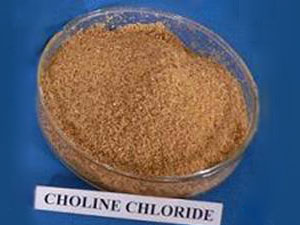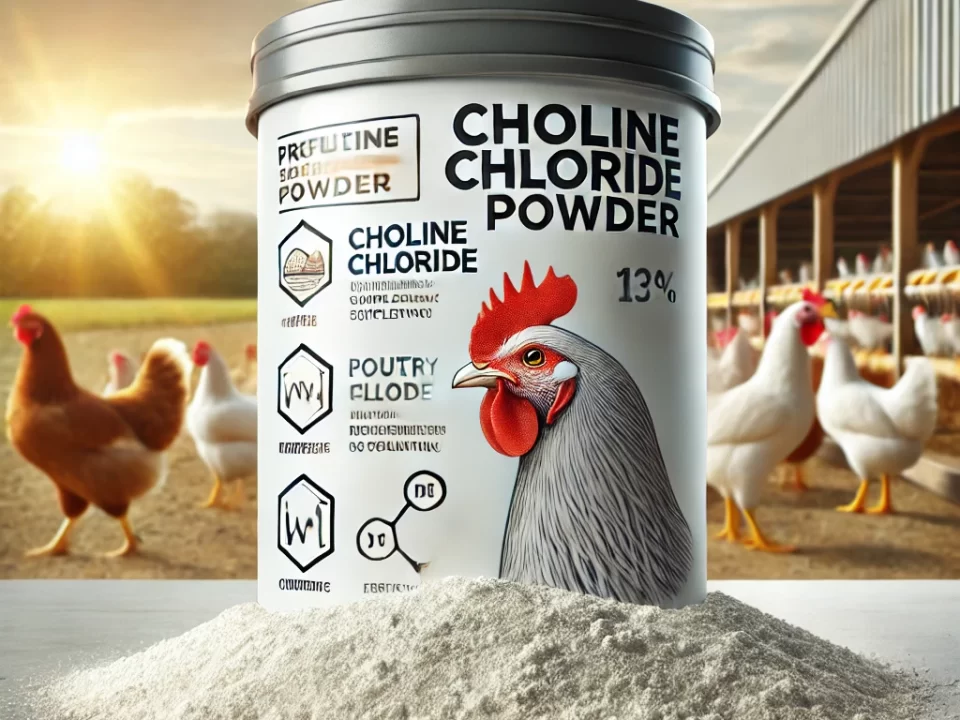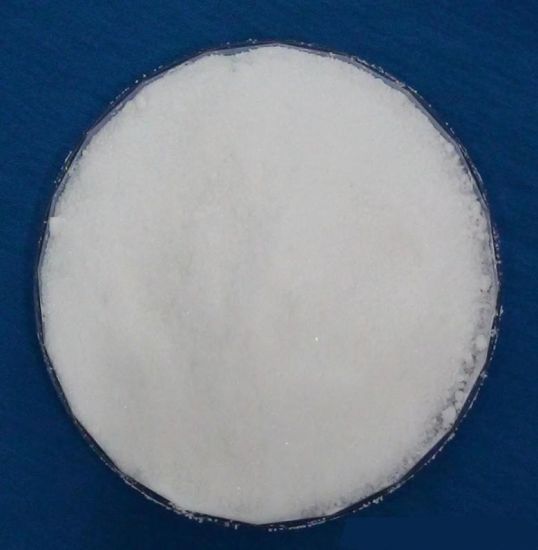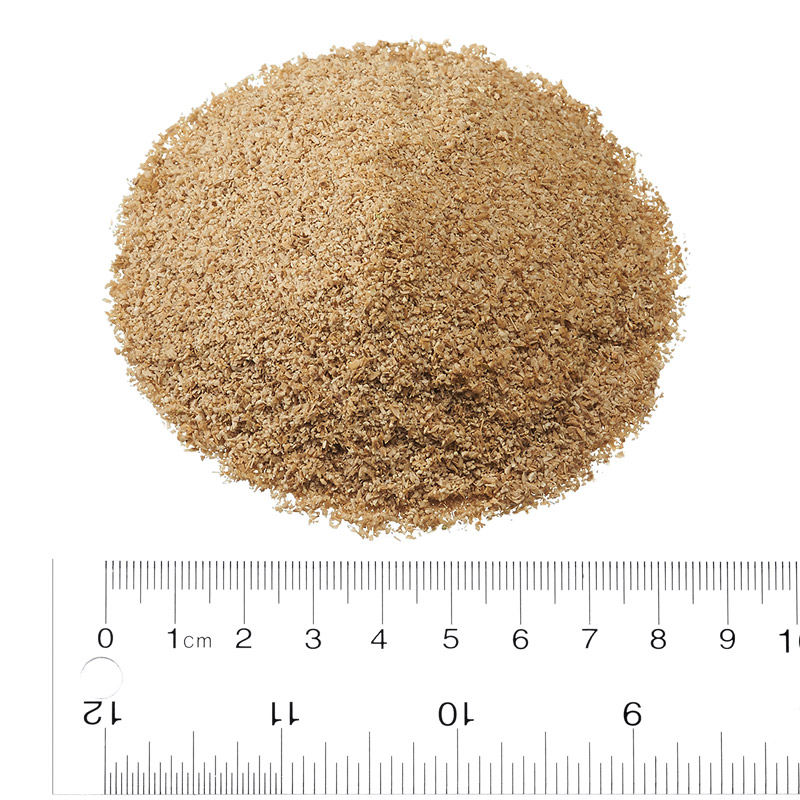feed grade choline chloride-poultry feed addictive

L-lysine HCL 98.5% feed grade ,Amino Acid Feed Additives
December 30, 2016
feed grade Corn Gluten Meal,Maize Flour Protein 65% feed addictive
January 4, 2017Choline chloride is an organic compound and a quaternary ammonium salt. It has a choline cation with chloride anion. Alternative names are hepacholine, biocolina and lipotril.
| Product Name | Choline Chloride | |||
| Purity | 50% Corn Cob | 60% Corn Cob | 70% Corn Cob | 50% Silica |
| Loss on drying | 40% Max | 14-16% | ||
| Trimethylamine | 300ppm max | 300ppm max | ||
| Particle size | 95% pass 20 mesh | 90% pass 60 mesh | ||
| Appearance | yellow brown floating powder | white floating powder | ||
types of Choline Chloride
Choline Chloride 50% & 60% & 70% Corn Cob
Lossy on drying: 4% Max
Trimethylamine: 300PPM Max
Packing: 25KG/Bag
Shelf life: 18 Months
Choline Chloride 50% Silica
Loss on drying: 14-16% Max
Trimethylamine: 300PPM Max
Packing: 25KG/Bag
Shelf life: 18 Months
Choline Chloride 70% & 75% Liquid
PH: 6.0-8.0
Trimethylamine: 300PPM Max
Heavy metal: 0.00001 Max
Appearance: Colorless or light brown liquid
Packing: 230KG/PE Drum; 1.1MT/IBC Drum; 22MT/Flexi-Bag
Storage: Kept in a cool dry place and avoid direct sunlight
Shelf life: 24 Months
applications of Choline Chloride
Choline chloride is mass-produced and is an important additive in feed especially for chickens where it accelerates growth. With urea it forms a deep eutectic solvent. Other commercial choline salts are choline hydroxide and choline bitartrate. In foodstuffs the compound is often present as phosphatidylcholine. It is also used as an additive in fluids used for hydraulic fracturing.





